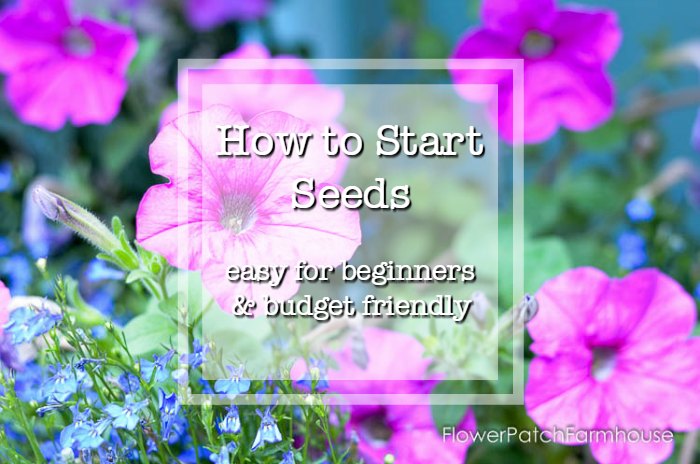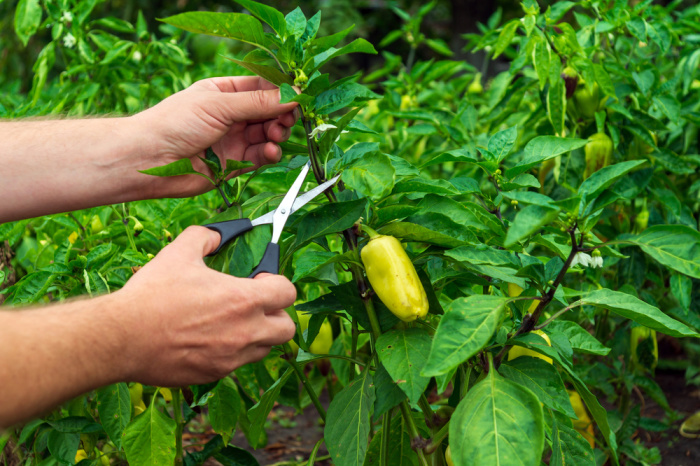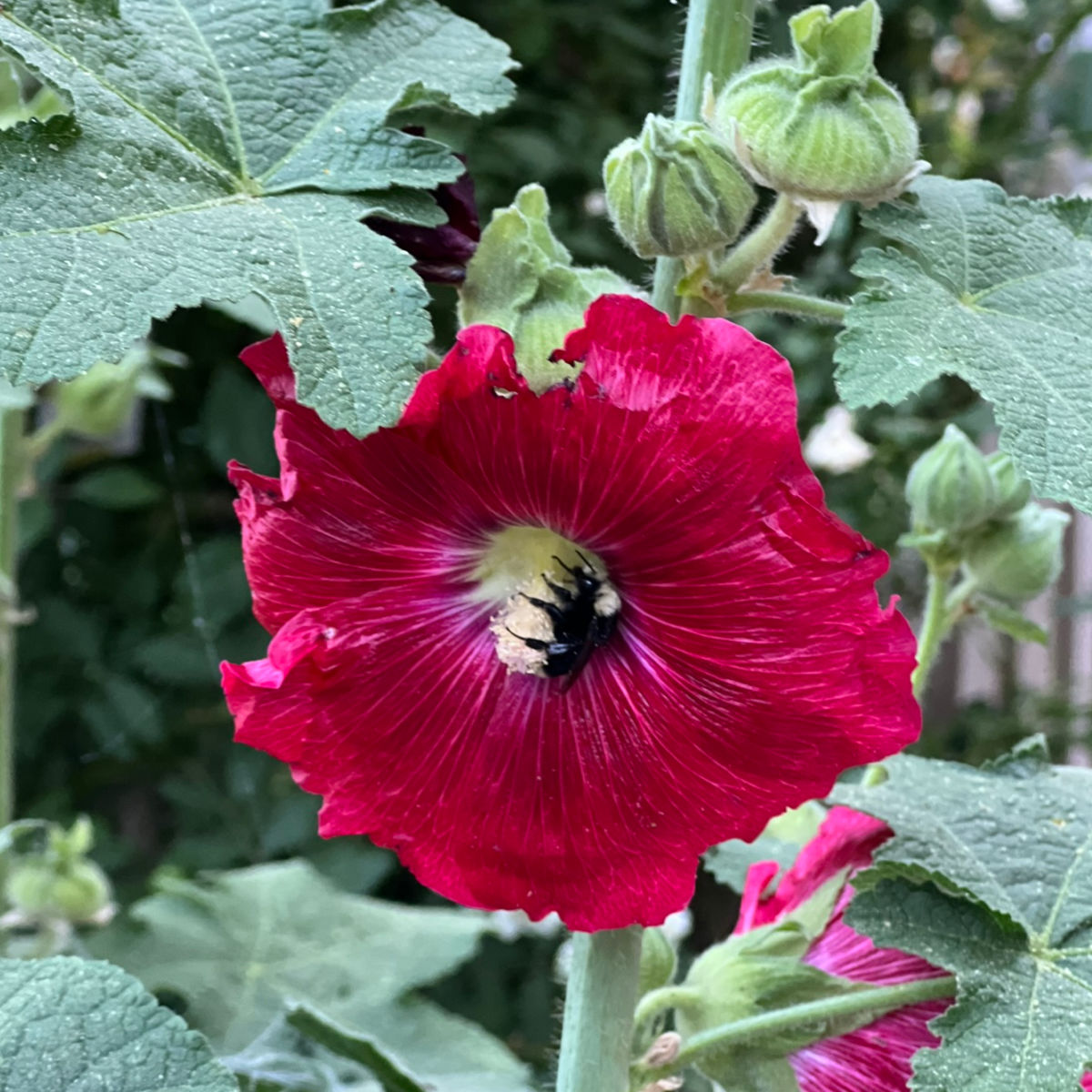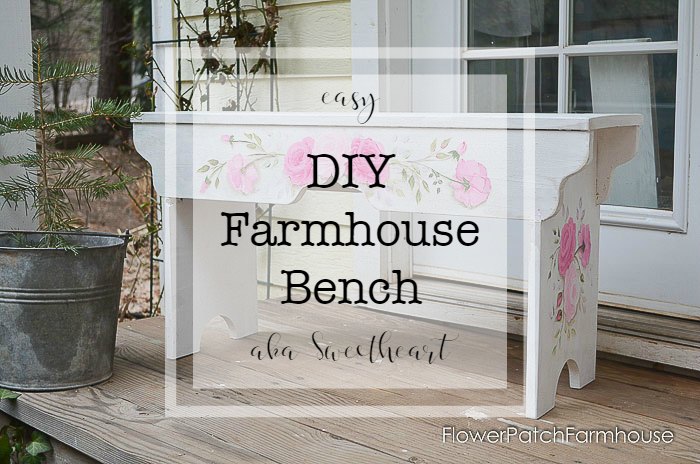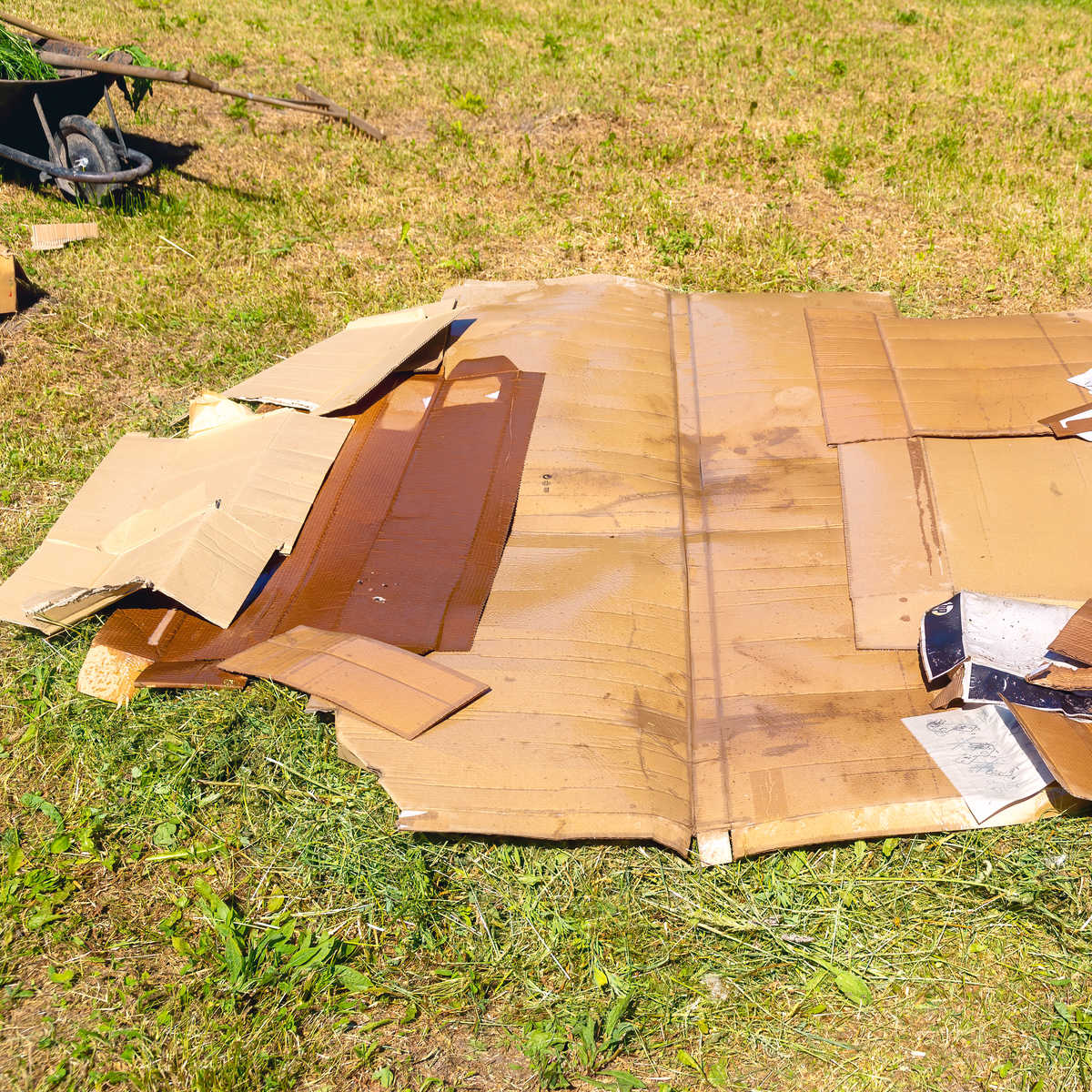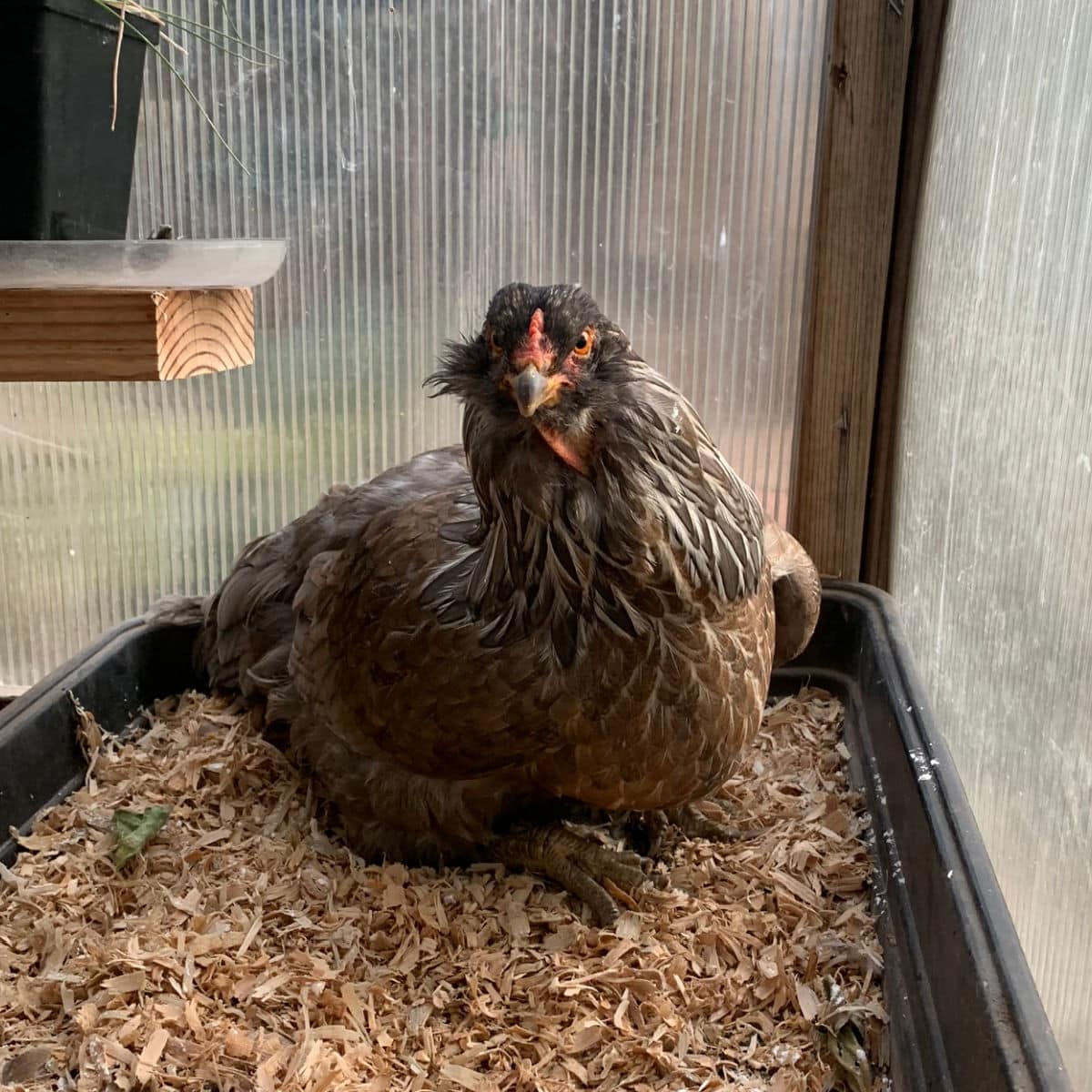Your Guide to Growing Pepper Plants: From Seed to Harvest
Pepper plants, with their vibrant colors and fiery flavors, are a popular addition to many home gardens.
Whether you prefer the mild sweetness of bell peppers or the intense heat of chili peppers, growing your own pepper plants can be a rewarding and satisfying experience.
In this guide, we’ll take you through the step-by-step process of successfully cultivating pepper plants, from selecting the right varieties to caring for them throughout the growing season.
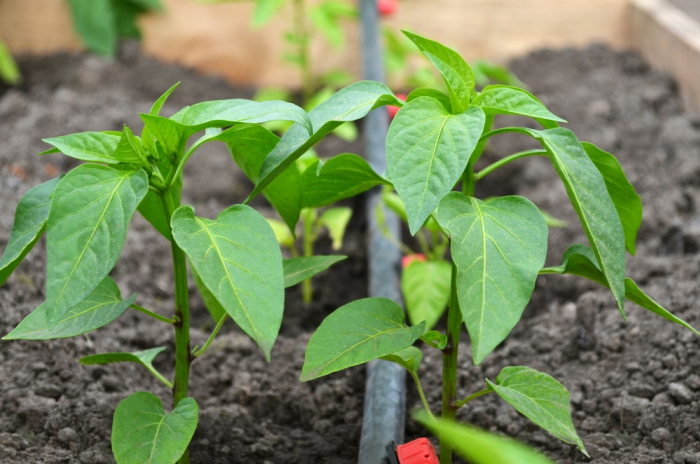
In some areas, these are called chilli plants, just FYI.
This post contains affiliate links. If you make a purchase after clicking a link I may make a small commission at no cost to you.
Get ready to add a little spice to your garden!
Choosing the Right Chilli Pepper Varieties
Pepper plants come in various shapes, sizes, and heat levels, so the first step is to determine what type of peppers you want to grow.
Consider factors such as taste preferences, growing conditions, and the level of spiciness you can handle.
Popular varieties include bell peppers, jalapeños, habaneros, and cayenne peppers.
Additionally, keep in mind your climate and the length of your growing season, as some peppers thrive in specific conditions.
I love growing peppers but have a short growing season even though I am in USDA zone 8, so I have to wait until late to get a harvest usually. But they are worth it to me.
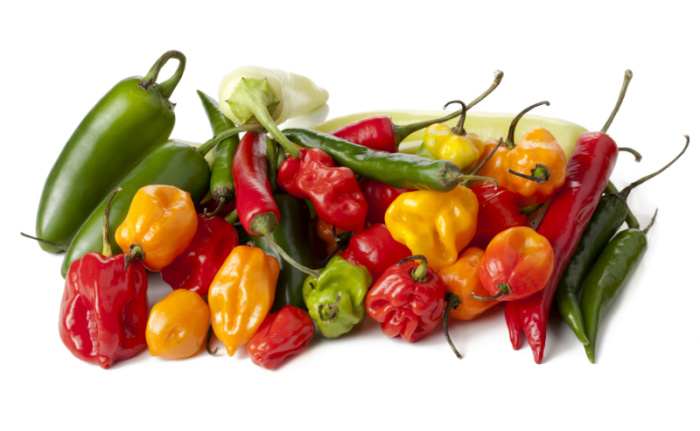
Starting from Seeds or Seedlings
You have two options when it comes to starting your pepper plants: planting seeds or purchasing seedlings.
If you’re eager to get a head start, starting seeds indoors 6-8 weeks before the last frost date is a great idea.
Seed Starting for Beginners!
Have you ever wondered if germinating seeds indoors is easy for beginner gardeners? I assure you it is, I show you how!
Sow the seeds in a seed tray with a well-draining soil mix, and provide them with warmth and sufficient light.
Once the seedlings are around 3-4 inches tall, transplant them into individual pots. I find growing peppers from seed a bit thicker than others so I make sure to sow extra to make up for my failure rate.
If you prefer to skip starting seeds, buying healthy seedlings is a convenient alternative. The most common varieties are typically widely available at many nurseries and garden centers.
Preparing the Growing Site
Pepper plants thrive in warm and sunny locations, so select a spot in your garden that receives at least six hours of direct sunlight per day.
Ensure the soil is rich in organic matter, well-draining. If your soil is heavy or clay-like, amend it with compost or well-rotted manure to improve drainage and fertility.
Remember that like tomatoes practicing crop rotation is recommended. To prevent the chance of pests and diseases, plant peppers in different locations each year.
Planting and Caring for Pepper Plants
When the threat of frost has passed and the soil has warmed up (60 plus degrees), it’s time to transplant your pepper seedlings into the garden. (you can use a thermometer like this one if you wish)
Space them at least 18-24 inches apart to allow for adequate air circulation and future growth.
Gently remove the seedlings from their pots, ensuring the root ball remains intact, and place them in pre-dug holes.
Backfill the holes with soil, firm it gently around the base of the plants and water thoroughly.
Pepper Plants Care
Throughout the growing season, pepper plants require consistent care. Here are some essential tips:
Watering:
Water your pepper plants deeply, ensuring the soil remains consistently moist but not waterlogged.
Aim to provide around 1 inch of water per week, adjusting as needed based on weather conditions.
I am testing out a new way (to me) of watering called Pulse Irrigation. As I learn more I will be sharing.
Mulching:
Apply a layer of organic mulch, such as straw or shredded leaves, around the base of the plants. Mulching helps conserve moisture, suppress weeds, and regulate soil temperature.
Fertilizing:
All the best garden tips
Mulch, what You Need to Know!
15+ Types of Garden Mulch to Boost Your Plant Growth and Beautify Your Garden
Peppers are considered heavy feeders, so many recommend you provide them with regular fertilization.
But if you have built up your soil you may not need to add much additional feed during the growing season.
Use a balanced organic fertilizer or incorporate compost into the soil before planting. I prefer to use this organic growth stimulant that helps the roots get growing faster.
Additionally, you can feed them with a diluted liquid fertilizer every 2-3 weeks during the growing season.
Supporting and Pruning
As pepper plants grow taller, they might require support to prevent them from toppling over under the weight of fruit.
Use stakes or cages to provide support, securing the plants gently. Prune off any damaged or diseased foliage to promote airflow and reduce the risk of diseases.
Pruning peppers for any other reason is not necessary despite what you read on the internet. In fact, it can reduce your yield needlessly.
Pruning Peppers, Myth or Mistake?
Pruning pepper plants, is it beneficial or another garden myth? Peppers are a popular garden plant for many reasons. But many complicate growing them.
Dealing with Pests and Diseases
Pepper plants can sometimes fall victim to various pests and diseases. Your first line of defense is healthy soil.
Healthy soil creates healthy plants. Healthy plants can fend off disease and pest pressure much easier thus in the long run you have fewer problems.
Common pests include aphids, caterpillars, and spider mites. Integrated pest management is a wonderful way to keep your garden healthy.
To prevent infestations, regularly inspect your plants and remove any pests you find by hand or use organic insecticidal soaps or neem oil as a less toxic control method. (be advised using even ‘organic’ sprays are not without their drawbacks)
For diseases like fungal infections, such as powdery mildew or blossom end rot, ensure proper spacing between plants for good airflow, avoid overhead watering, and promptly remove any affected leaves or fruits.
I have been using a milk spray (1 part full-fat milk, 1 part water) with success for powdery mildew and black spot on my roses. It should work fine on my peppers too but I have never had powdery mildew affect my peppers.
Harvesting and Storing Peppers
As the pepper plants mature, you’ll eagerly anticipate the moment when you can harvest your peppers.
The timing of harvest depends on the variety and your personal preferences. Generally, bell peppers can be harvested when they reach their desired size and color.
Hot peppers, on the other hand, can be harvested when they turn their characteristic color, whether it’s green, red, yellow, or any other shade.
Use garden shears or a sharp knife to cut the peppers from the plant, leaving a short stem intact.
To store fresh peppers, place them in a breathable bag or container and store them in the refrigerator.
They can stay fresh for up to two weeks. If you have a surplus of peppers, consider preserving them by freezing, canning, or drying them to enjoy their flavors year-round.
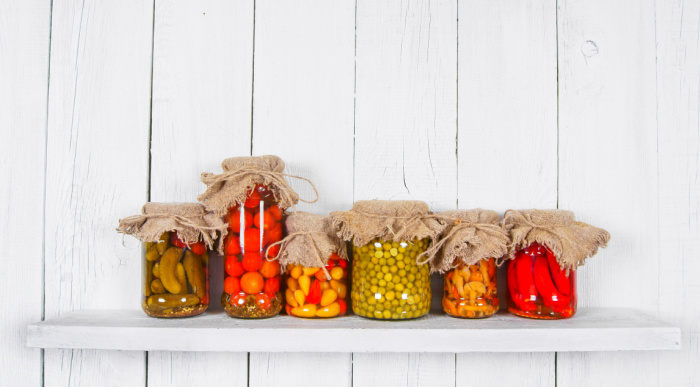
Experimenting and Enjoying
One of the joys of growing pepper plants is the opportunity to explore various flavors and heat levels.
Experiment with different pepper varieties in your recipes, whether you’re adding a mild kick to stir-fries or creating your own hot sauce.
This year I am growing a heatless variety of jalapeno and habanero plants. It should be interesting to see how they taste.
Don’t forget to share your bountiful harvest with friends, family, or neighbors who appreciate the spice of life!
Growing pepper plants allows you to savor the flavors and heat of these vibrant vegetables right from your own garden.
With proper care and attention, you can cultivate healthy pepper plants that yield a plentiful harvest.
Remember to choose the right varieties, start from seeds or seedlings, provide adequate sunlight and well-draining soil, and maintain consistent watering and fertilization.
By following these guidelines you’ll be rewarded with an abundance of peppers to spice up your culinary creations.
Happy gardening!
